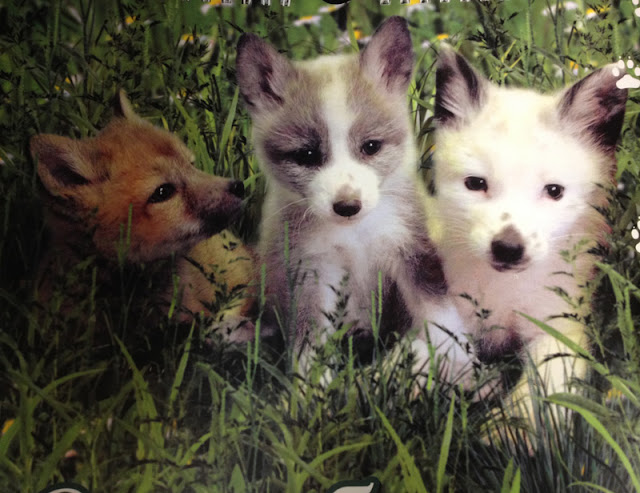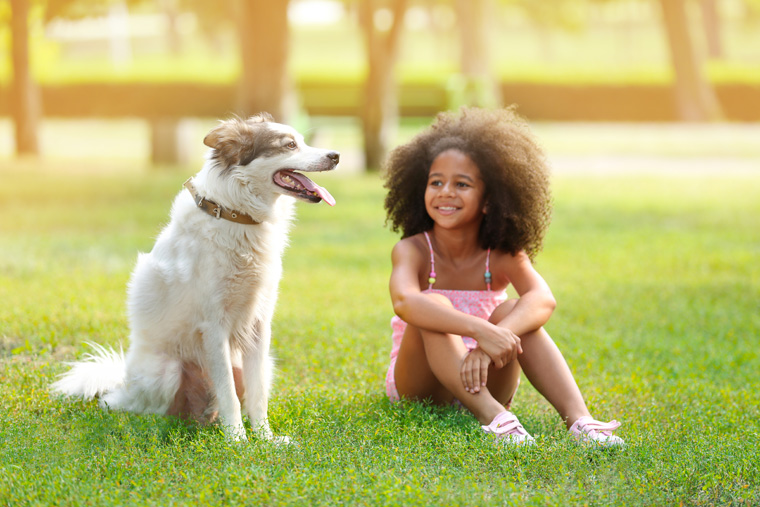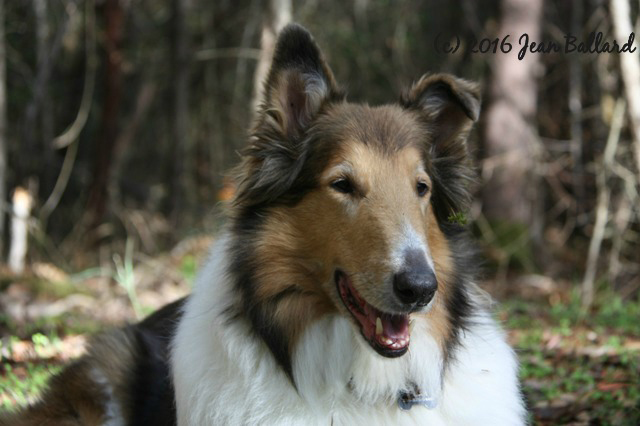Companion Animal Psychology Turns Five

Celebrating five years of communicating science about dogs, cats, and the human-animal bond. By Zazie Todd, PhD This page contains affiliate links which means I may earn a commission on qualifying purchases at no cost to you. It’s hard to believe it is five years since I started Companion Animal Psychology blog, and yet somehow this is my 278th post. The aims of the blog remain twofold: to bring up-to-date science about people’s relationships with their pets to a wider audience; and to share evidence-based information about how to care for our cats and dogs. These aims are nicely illustrated by the two most popular posts of the last year: losing a pet can lead to different types of grief and dominance training deprives dogs of positive experiences . The top post on cats was about the best scratching posts . In the past twelve months, I’ve been able to bring you some excellent guest posts as well as interviews with Dr. Sarah Ellis , Jean Donaldson , and Dr. Lee Dugatkin





